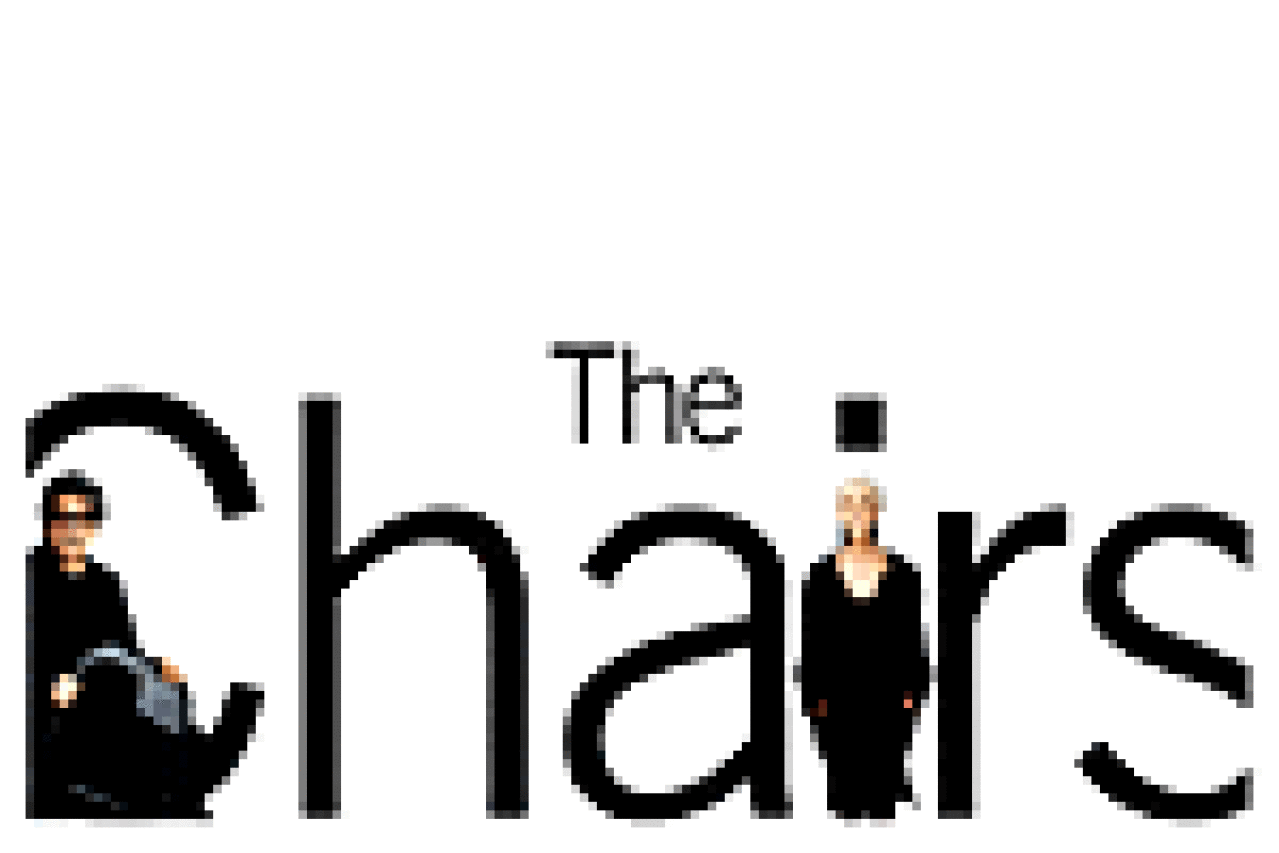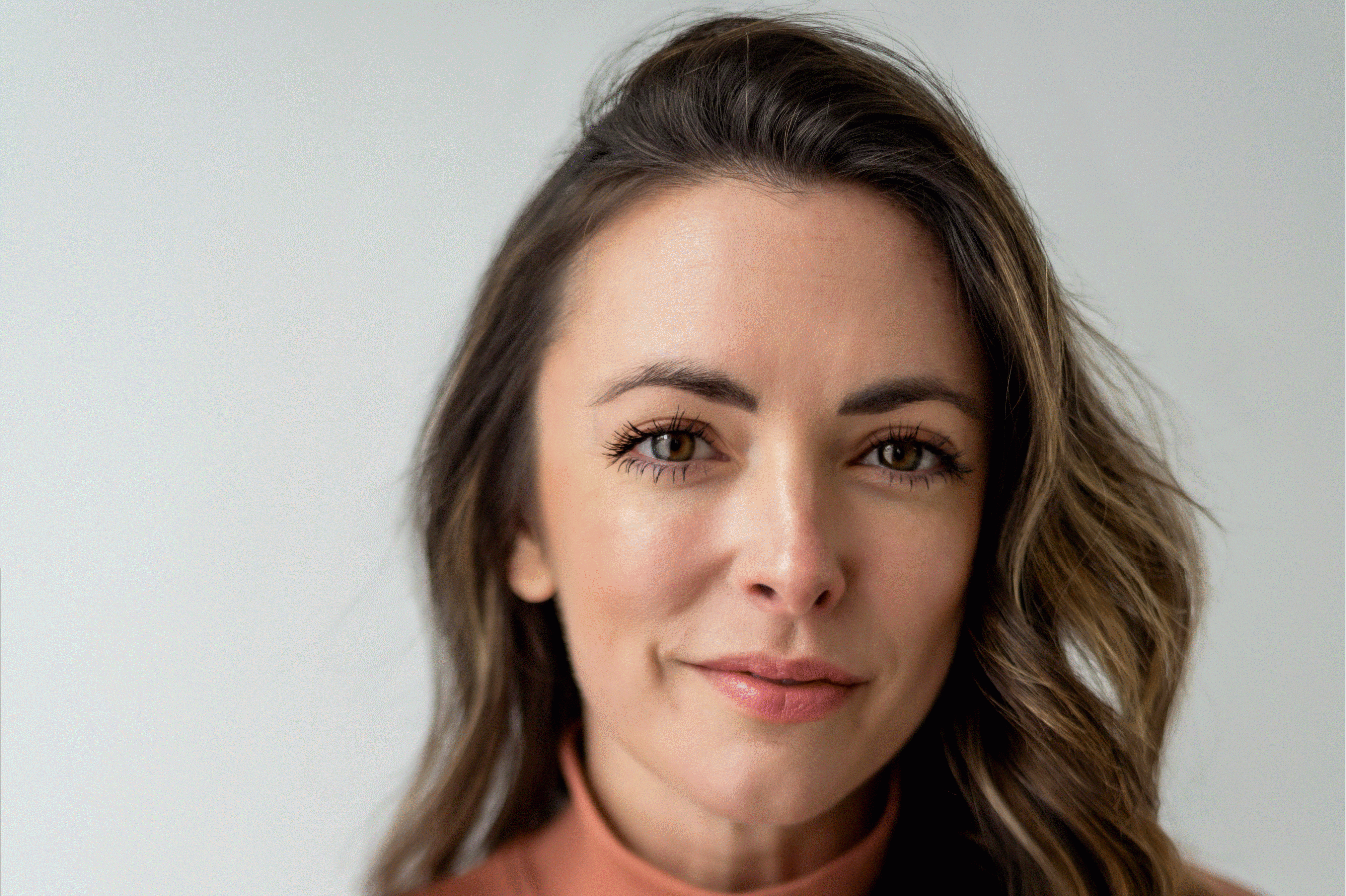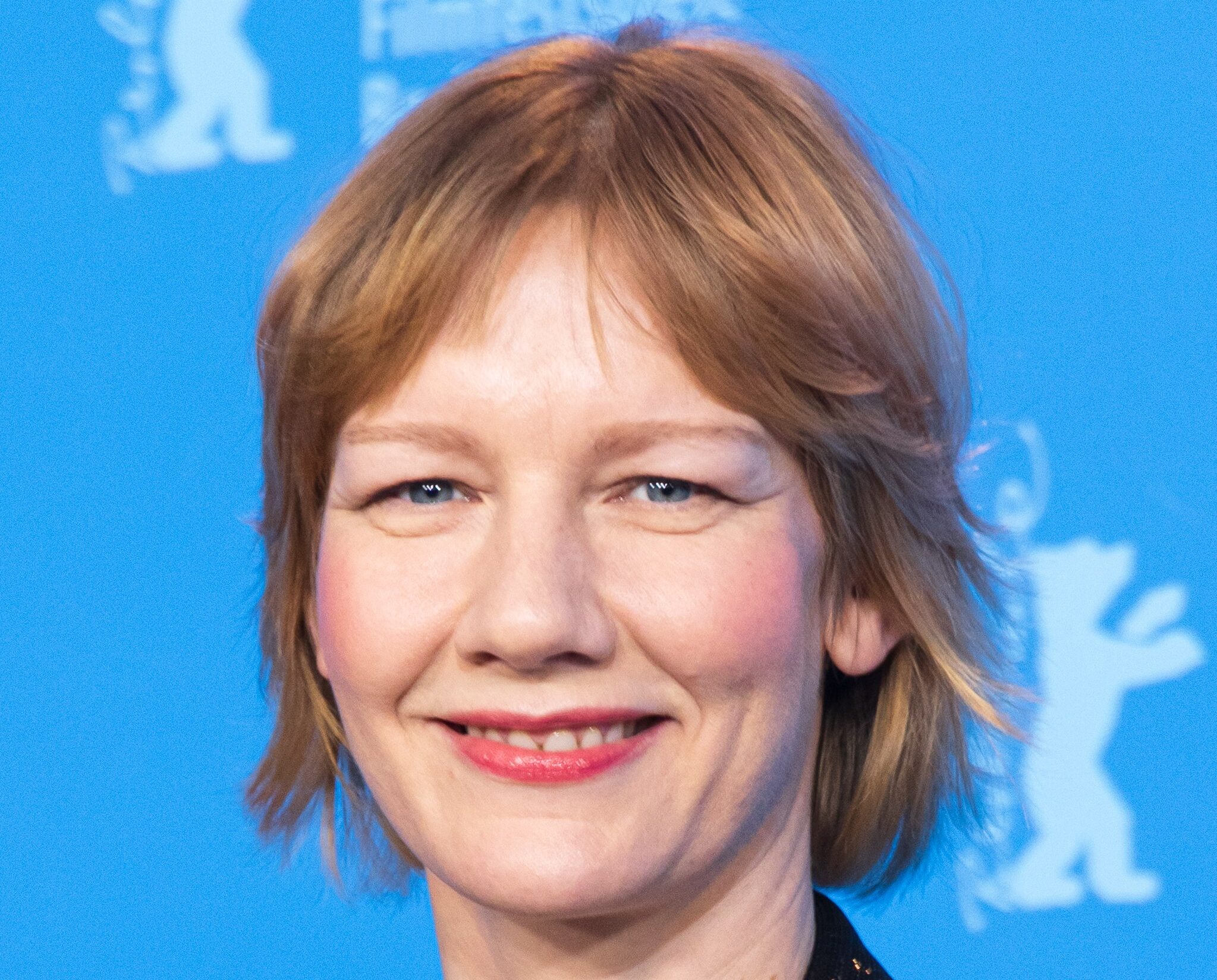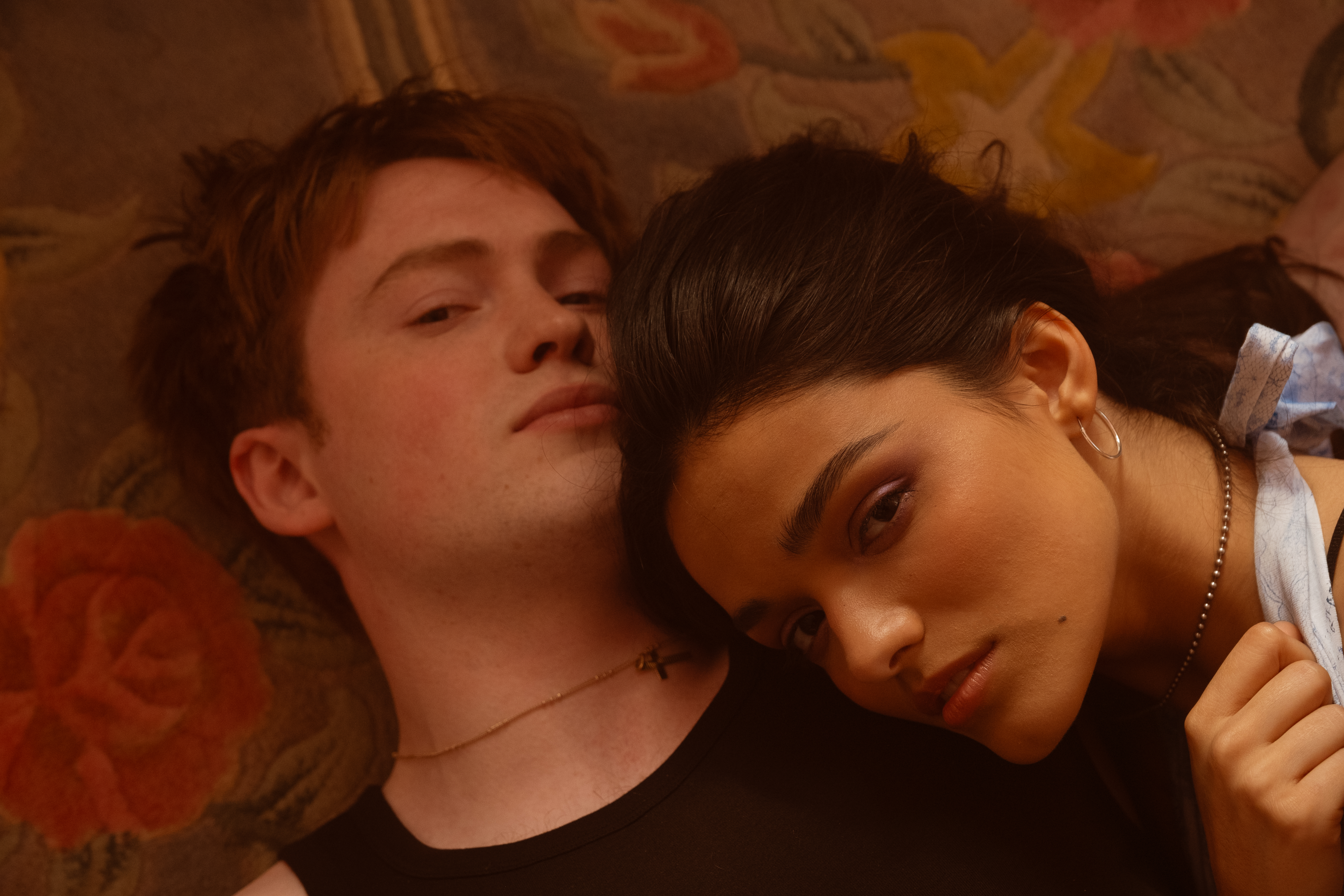The Chairs

(Photo © Keith Pattison)
There’s something greatly affecting about a married couple performing Eugene Ionesco’s play The Chairs — which, among other possible interpretations, is an abstract contemplation of marriage. With a husband-wife team on board, the one-act implies autobiography; the couple will inform the action with shared experience. And when David Gordon and Valda Setterfield take it on, their experience makes for an autobiography with an unusual number of chapters.
The Gordons haven’t just happened on chairs, which fill the stage by the time Ionesco reaches his conclusion. They’ve had a personal and artistic interest in folding chairs since Gordon choreographed Chair for Merce Cunningham-veteran Setterfield and himself in the ’70s; he planned the dance as a means by which she could recover from injuries suffered in an automobile accident. For approximately 30 years now, the Gordons have been sitting in, stepping on, falling off of, and entwining themselves about chairs. To stress the point, director-choreographer Gordon has a large screen wheeled on stage just after his treatment of The Chairs begins, whereupon he runs a video of himself and Setterfield performing his dance piece back in the day. The pair are instantly on view, moving with the limber grace that mesmerized audiences then and still has the power to enchant — especially when Gordon splits the screen and shows Setterfield, with cropped white hair replacing a fuller ‘do, reviving the work today.
For Gordon and Setterfield, chairs are a personal metaphor. The stage auteur had an inspiration when he compounded his associations with the metaphor Ionesco had in mind as he shaped observations about the exhilaration and boredom of connubial bliss: In Gordon’s version of The Chairs, the accumulating folding chairs — each black and numbered — become the final grouping that the play’s couple amasses while hosting a crowd of imaginary guests. For Gordon’s purposes, the chairs are arranged in rows rather than piled chockablock, as often occurs. They suggest a final Gordon-Setterfield performance.
Ionesco’s couple are living what could be their last day together and, during it, are indulging in old habits. She praises his abilities and then undercuts him by mentioning what he could have amounted to. He tries to rile her — initially here with an annoying rendition of “You Are My Sunshine” — but also reassures her. He tries to find solace at her knee before deciding that it’s not going to happen. She talks about the child who abandoned them but he insists that there is no such offspring. (Inquiring theater minds want to know: Is this where Edward Albee’s George and Martha got the idea to invent an imaginary kid?) They prepare for the arrival of what in 12-step groups is called a higher power — or is it an oracle of some sort? What sort of wisdom the superior being will impart is something that Ionesco never quite specifies. Eventually, the two seniors go off separately and possibly forever. (It’s also possible, the way I read it, that they’ll repeat the same agenda on the following day.)
Gordon is working with Michael Feingold’s new translation, which is most notable for being downright funny. (This is Feingold direct from his Belle Epoque song translations.) Rarely have Ionesco’s two aging figures gotten as many laughs as Gordon and Setterfield score, and they’re big laughs; Ionesco’s characters didn’t elicit anything approaching these guffaws a few years back when Simon McBurney had Geraldine McEwan and Richard Briers play the lines for the desolation undeniably inherent in them. (If I remember correctly, Village Voice chief theater critic Feingold expressed great displeasure with McBurney’s version. Now we more clearly can see why.)

(Photo © Keith Pattison)
The production has a number of interesting staging notions. Gordon employs dancers Karen Graham (also credited as assistant choreographer) and Guillermo Resto to move a pair of door frames on wheels. Through these two portable doorways, Resto regularly hands Gordon sheets of paper that signal “script.” It’s a nifty idea, since it underscores the possibility that the couple are so set in their ways, they might as well be reading from a text. Graham and Resto are also charged with passing the folding chairs to Gordon and Setterfield. By the time they’ve handed over 30 or more of them and the pace is accelerating, they’re throwing chairs and even stepping on them in a lovely evocation of Gordon’s Chair. And they’re not the only ones drawn into the vortex: Tucked into a niche not far from the playing area, cellist Wendy Sutton gathers momentum in playing Michael Gordon’s throbbing original score. Then there’s Jennifer Tipton’s sensitive lighting, which dims and brightens according to the marrieds’ shifting moods.
As with many successful revivals — and this one unquestionably qualifies with room to spare — Gordon’s The Chairs prompts fresh thoughts about the material. When the play was written in 1952, the designation “avant-garde” was freely thrown around, but the wit and fun of this Gordon-Feingold adaptation is that it calls attention to some things being intriguingly “avant” because they’re so “derriere.” Since several sequences are so amusing here, they’re suddenly reminiscent of burlesque sketches or of skits played on television by Sid Caesar and Imogene Coca at just about the time when Ionesco was writing his groundbreaking pieces. Gordon and Feingold hint that Ionesco’s brilliance was not in dismissing the past but in plumbing the darker levels of what had previously been played strictly for comedy. Their production of The Chairs is only 80 minutes long, but it’s fathoms deep.











